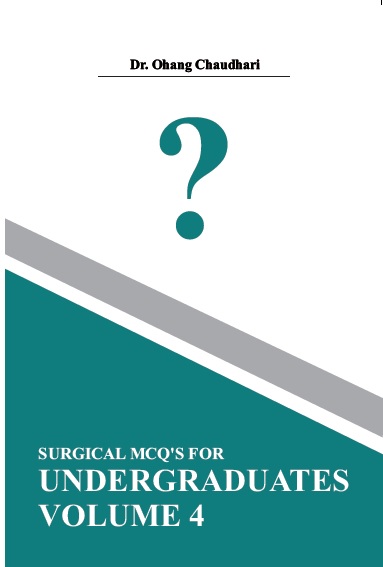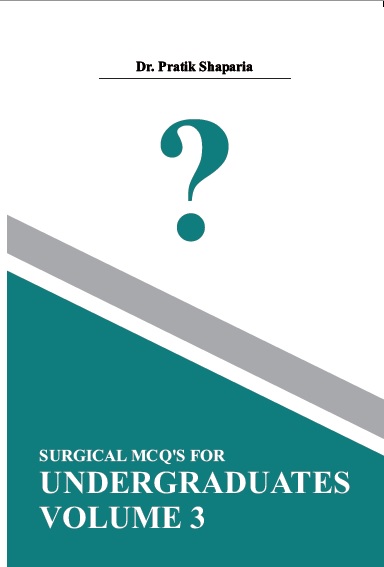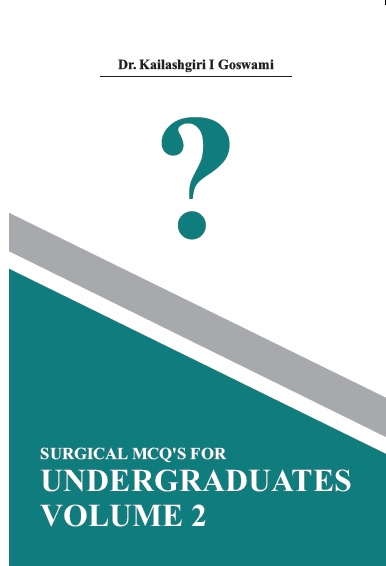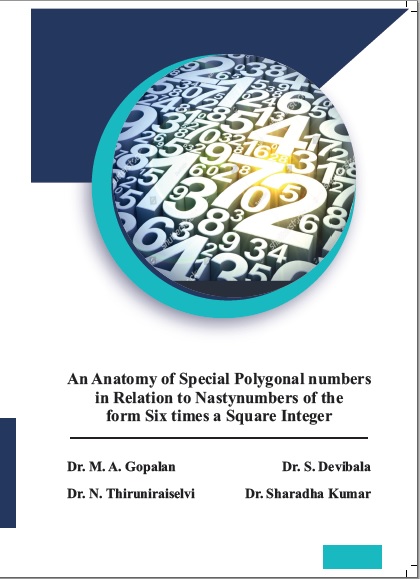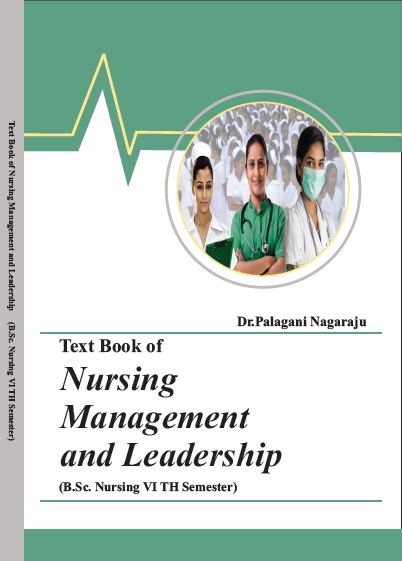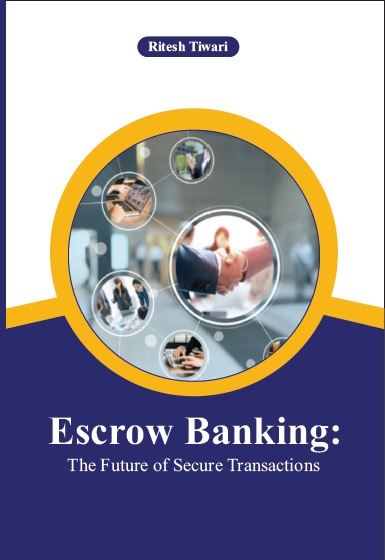SCIENCES AND ENGINEERING
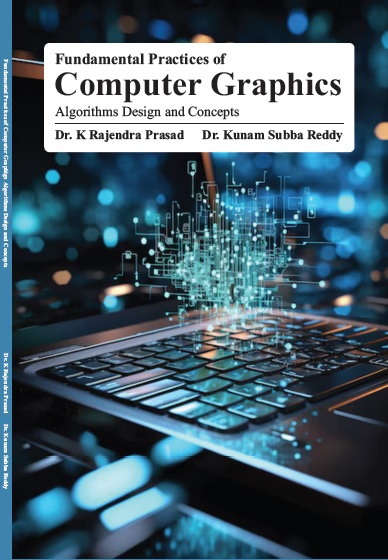
Fundamental Practices Of Computer Graphics Algorithms Design And Concepts
by Dr. K Rajendra Prasad
ISBN Number : 978 - 93 - 91478 - 87 - 2
Authors Details
| Author Name | Image | About Author |
|---|---|---|
| Dr. K Rajendra Prasad |  |
Dr. K Rajendra Prasad has graduated in CSE from JNTU, post
graduated in CSE from VTU Belgaum, and Ph.D from JNTUA
Anantapur. He is currently working as a Professor in the Dept. of
CSE, Institute of Aeronautical Engineering. He received a research
funded project from DST-SERB, worth of 37 lakhs and completed at
2020. He has published 60 publications in reputed journals. He has
currently received the funded TARE scheme with a grant of 16.5
lakhs from SERB for doing the collaboration work with IITH under
the mentor of Prof. C. Krishna Mohan. His research interests are data
mining, and big data. He guided four Ph.D scholars. He is a member of IEEE and CSI
professional societies. He is a BoS-member at university boards. He received foundation
certications from GCP and AWS. |
| Dr. Subba Reddy Kunam |  |
Dr. Subba Reddy Kunam is working as a Professor & Head in the
Department of Computer Science and Engineering at Rajeev Gandhi
Memorial College of Engineering and Technology, Nandyal. He
received his PhD in computer engineering and Engineering. He
published the more publications in SCI / Scopus indexed journals
and conferences. Subba Reddy's research interests include Image
P r o c e s s i n g a n d C l o u d C o m p u t i n g . |
Book Description
The computer is an information-processing machine. It is a tool for storing, manipulating and correlating data. There are many ways to communicate the processed information to the user. The computer graphics is one of the most effective and commonly used way to communicate the processed information to the user. It displays the information in the form of graphics objects such as pictures, charts, graphs and diagrams instead of simple text. Thus we can say that computer graphics makes it possible to express data in pictorial form. The picture or graphics object may be an engineering drawing, business graphs, architectural structures, a single frame from an animated movie or a machine parts illustrated for a service manual. Giving the computer the ability to express its data in pictorial form can greatly increase its ability to provide information to the user. This is the passive form of graphics. The passive graphics devices such printers, plotters, recorders, storage tubes and raster CRT displays draws the pictures under computer control to communicate graphically with the user. However, it is more convenient and appropriate to input graphical information directly to the computer. This can be achieved by graphical input devices. The combination of graphical input and output devices allows the input from the user alter the output presented by the computer; a dialogue can be established through the graphics medium. This is termed interactive computer graphics. It allows the user to interact with the computer using the graphics media.







